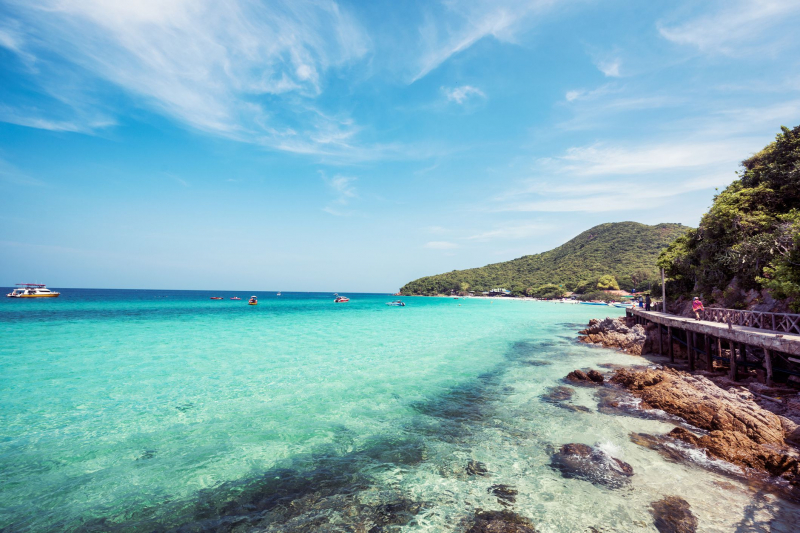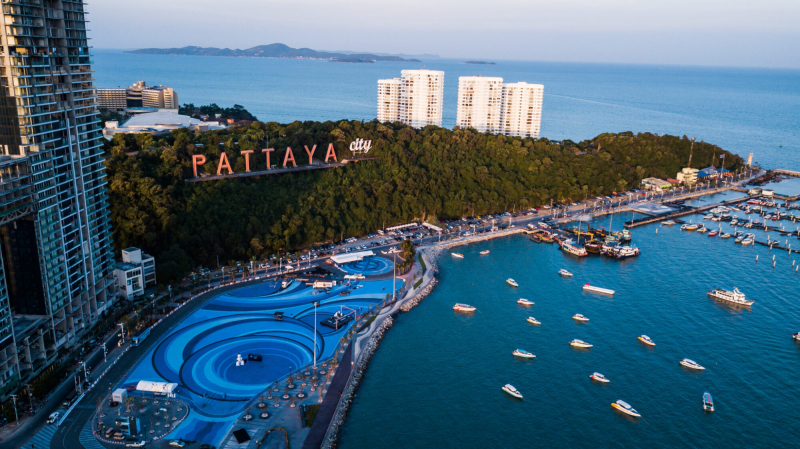Pattaya
Pattaya is always switched on and fun. This vibrant coastal city shot to fame in the early 1980s. Pattaya's beaches are constantly brimming with life from sunrise to sunset as water sports lovers and sun worshippers take to the waters. After dark, the action shifts to the streets, as revelers explore its electrified nightlife scene, where drinking and partying continue until dawn.
Apart from water sports and nightlife, Pattaya offers endless possibilities for accommodation and entertainment. It has outgrown its image as a seedy beach town to a destination for a wider audience; whether couples, families, or business travelers, Pattaya has something for everyone. Only 147km from Bangkok, Pattaya is the closest of Thailand's major beach resorts to the capital city.
The sights and sounds of Pattaya Walking Street are quite unlike somewhere else in Thailand. It is almost building on both sides of the road and many in the side streets around. The nightclub, beer bar, restaurant to the extent that the road is almost completely deserted during daylight hours. At night, however, the road comes alive with neon lights, thumping music from different genres, food vendors, street performances, and party animals from around the world. The Nong Nooch is full of bursting with some of Thailand's most remarkable flowers, displays, and landscaped gardens. The team behind them has repeatedly won international awards for designs, including 17th-century-French-style parks, a recreation of Stonehenge, creative topiary displays, and gardens created exclusively with cacti, bonsais, and tropical palms.
The last destination we think you do not want to miss is Pattaya floating markets. Correctly known as the "Four Regions Floating Market," the sub-sections of this 100,000sqm development represent the four primary areas of Thailand – the north, northeast, central, and south. This representation comes in shops and stalls selling souvenirs, fruits, food, art, handicrafts, postcards, clothing, and regular cultural shows and demonstrations. Some of the 114 vendors do indeed float, selling their wares from traditional boats and canoes. The rest are built into a sturdy stilted village, with covered walkways and stout bridges.
















